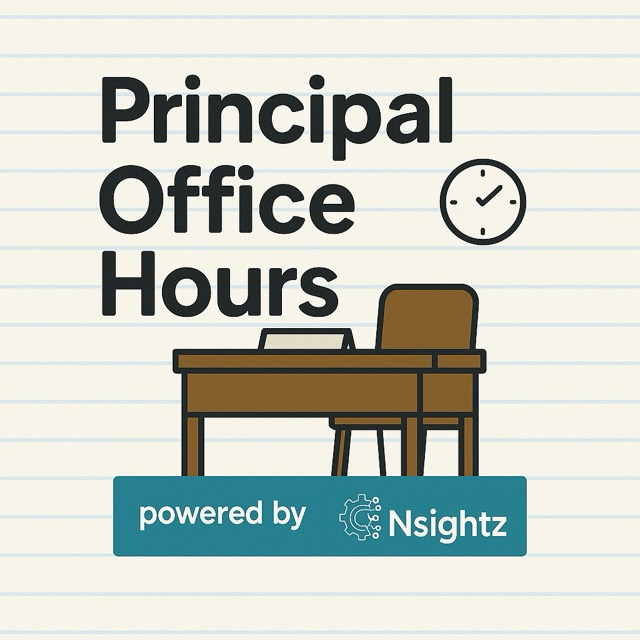How Building a Feedback Culture Keeps Your Employees Engaged
Summary:
Dr. Jim emphasizes the importance of building a culture of communication in order to create an elite organization. He highlights four key elements: openness, leading by example, training managers, and leveraging technology. By fostering an environment of feedback and transparency, organizations can empower their managers, engage their employees, and ultimately build an elite organization.
Timestamp
[0:00:00] Building a culture of communication is key for an elite organization.
[0:00:28] Emphasize openness and make feedback the norm.
[0:01:33] Lead by example and model good communication behavior.
[0:02:10] Train line managers on giving and receiving feedback.
[0:03:03] Leverage technology to enhance communication culture.
[0:03:45] Building a feedback culture is critical for an elite organization
Transcript
Building a Feedback Culture
Dr. Jim: [:of communication. So there are four elements that I would recommend focusing on. First across the organization, there needs to be an emphasis on openness. You fostered an environment where everyone from the newest person in the organization to the most senior executives are comfortable giving and receiving feedback.
In. Formal and informal ways. The key thing to focus here is to make sure that feedback is the norm. Versus the exception, don't rely on these twice a year feedback cycles.
It needs to be something that you're practicing daily, weekly, monthly, quarterly, and so on.
Second, [:Mapping out and tying back to that vision, and then it goes to how your frontline employees are executing against the goals and objectives. There needs to be a 360 focus where feedback is easily given and then changes and action is flowing from that.
That's one of the ways that you actually model good feedback, behavior, and lead by example, by taking that feedback and putting into action.
ers. They need to be trained [:And here's why that's important. Most of the time organizations, and especially small to midsize organizations that have. Busy managers, busy HR teams, who gets promoted into manager. More often than not, it's those folks who are top performers at the individual contributor level that get promoted into managers, and then they're just told to figure it out.
That can't be the standard way that you run and build a communication culture. Your managers. Across all levels need to be trained, but especially at the line level because the line level managers are the ones that connect the strategy to the execution and explain the why and connect it to the why of the frontline employees, so that training aspect can't be ignored.
culture, you have to look at [:The key thing for you to keep in mind as the leader of a small to midsize organization is you have to have solutions that are. As flexible and as nimble as you are, something that makes you wait six months, 12 months to get the results of a survey that you conducted. By the time that you have the analysis done, your situation has probably changed.
managers are empowered, your [:

